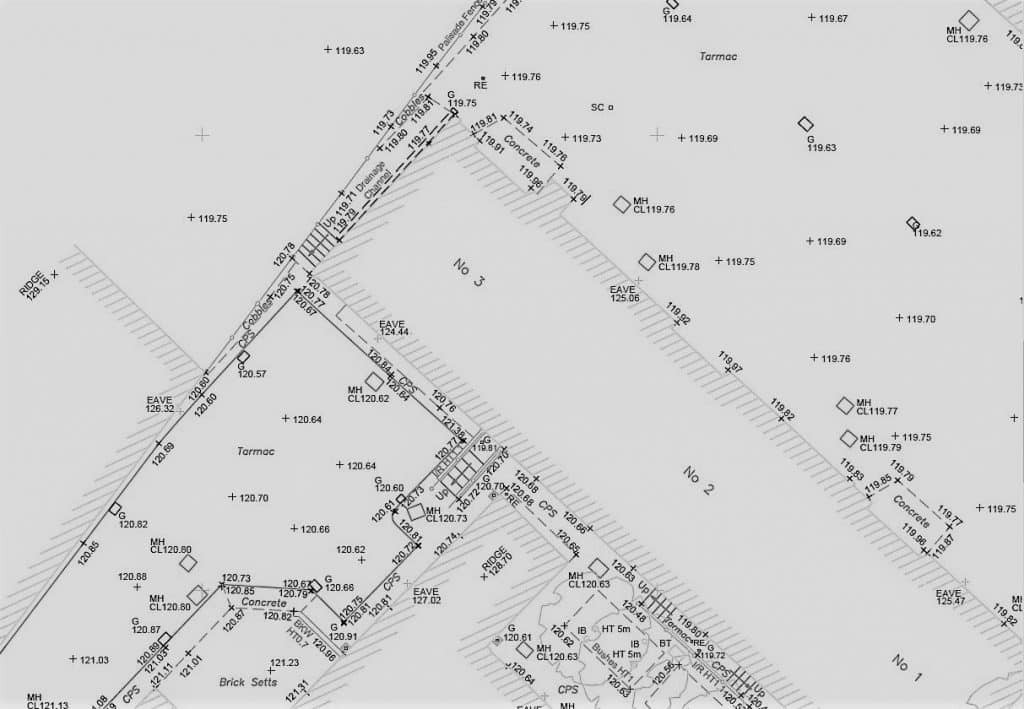Laser beam Surveying - For Surveyors, GPS Is otherwise engaged and Laser Scanning Is In

Commercially presented in the late 1990's, laser surveying-also known as laser scanning-has grown within popularity until, nowadays, surveying companies that wish to stay competitive must possess a laser scanning device, and often multiple. Although GPS surveying remains a normal service, its drawbacks compared to laser surveying are causing the industry wide swap to the latter-a change that several surveyors have currently embraced.

One example of this of a surveyor that successfully transitioned from GPS to laser scanning will be LandAir Surveying, some sort of Georgia based company that started organization in 1988 performing topographic surveys in addition to site surveys regarding contractors in Georgia and surrounding claims. Like most surveyors who graduated to lazer scanning, LandAir employed GPS into the early 2000's, if a specific project revealed the need for an gear upgrade. For LandAir, that project was the Georgia Division of Transportation's requirement of an as-built circumstances survey for a great eight lane bridge, that has been too broad and long regarding GPS devices to be able to survey with accuracy and reliability.
After attending the laser scanning demonstration by a Leica Geosystems representative in 2005, LandAir bought the Leica 3 thousands, and today utilizes Leica's HDS6100, HDS6000, and ScanStation II scanners. Initially applying Topographic Land Surveyors Leicestershire regarding conventional projects, LandAir expanded to tasks whose size in addition to complexity necessitate laserlight scanners, such as-builts of large rooms and structural help surveys, when organizations with such jobs came knocking on its door. The particular values that LandAir's early scanning consumers saw in laser beam surveying are the particular same value that will it holds right now:
The ability to survey a much wider variety of objects, environments and set ups
The ability to complete a surveying project in because little as one surveying session
The collection of more exact data than GPS or total stations
The delivery of editable data designs that clients will manipulate, thus reducing surveyor involvement.
As LandAir discovered throughout 2005, surveyors which switch from classic surveying to lazer surveying do extra than swap equipment; they also change the way they conduct the particular surveying process. Any time switching from GPS, field notes turn out to be a thing involving the past, changed by endless information points and picture taking files; a conventional distinctive line of site in order to the next surveying point is deserted for more targeted coverage; and laserlight scans often catch more data as compared to a client at first needs but eventually finds useful, which decreases surveyor participation. From a customer perspective, the laserlight surveyor's decreased engagement has two rewards: it allows customers more freedom because facilitated by editable project data, also it drives down the particular surveying cost despite scanning equipment's increased price than GPS DEVICE equipment.
Regardless associated with project type, the lower surveying expense and superior deliverables are making laser scanning the fresh surveying standard with companies where that isn't already. Organizations like LandAir have got stayed in front of the sport by embracing laserlight surveying early, the move that accounts for LandAir's encoding experience in many fields and industries, including law enforcement, preservation, architecture, building, engineering, and telecoms.
